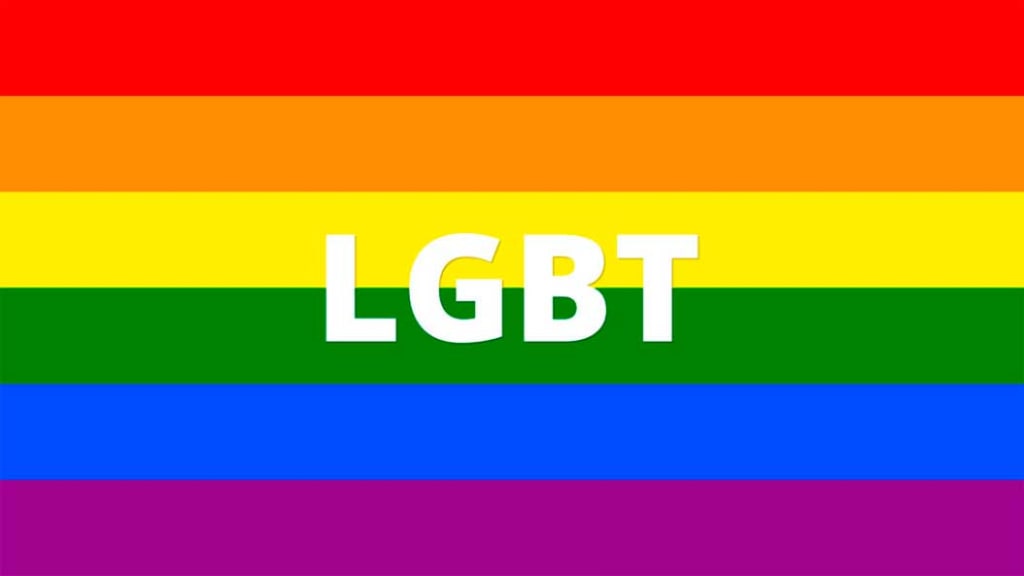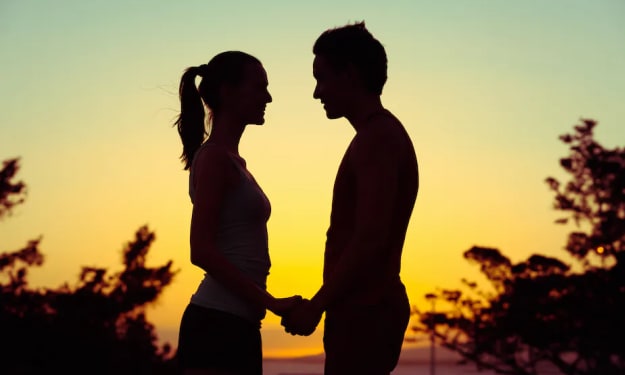
The term "LGBT+" stands for Lesbian, Gay, Bisexual, Transgender, and the "+" symbolizes the inclusion of various other identities and orientations within the broader community. It is an acronym commonly used to refer to individuals and groups that identify as sexual and gender minorities.
Here's a brief overview of the different identities within the LGBT+ community:
Lesbian: A woman who is emotionally, romantically, or sexually attracted to other women.
Gay: Originally used to refer to men who are attracted to other men, it now includes both men and women who are attracted to the same gender. However, it is still commonly used to refer specifically to gay men.
Bisexual: Individuals who are attracted to both their own gender and other genders. Bisexuality is often described as a spectrum, as it encompasses a wide range of attractions and preferences.
Transgender: People whose gender identity differs from the sex they were assigned at birth. For example, a person who was assigned male at birth but identifies as female is a transgender woman.
Queer: An umbrella term that encompasses a wide range of non-heterosexual orientations and gender identities. It can be used as an inclusive term for anyone who does not identify as exclusively heterosexual or cisgender.
Intersex: Intersex individuals are born with variations in their physical sex characteristics that do not fit typical binary notions of male or female. It is important to note that intersex is a biological variation, not a sexual orientation or gender identity.
Asexual: People who do not experience sexual attraction to others. Asexuality is a spectrum, and individuals may still experience romantic, emotional, or aesthetic attractions.
Pansexual: Individuals who are attracted to others regardless of their gender identity or biological sex. Pansexuality emphasizes the potential for attraction beyond the binary concepts of male and female.
It's important to recognize that sexual orientation and gender identity are deeply personal and diverse aspects of an individual's identity. The LGBT+ community advocates for equal rights, inclusivity, and acceptance for all individuals, regardless of their sexual orientation or gender identity.
The first widely used term, homosexual, now a term used primarily in scientific contexts, has at times carried negative connotations in the United States.Gay became a popular term in the 1970s.
As lesbians forged more public identities, the phrase gay and lesbian became more common. A dispute as to whether the primary focus of their political aims should be feminism or gay rights led to the dissolution of some lesbian organizations, including Daughters of Bilitis, which was founded by Del Martin and Phyllis Lyon,but disbanded in 1970 following disputes over which goal should take precedence.As equality was a priority for lesbian feminists, disparity of roles between men and women or butch and femme were viewed as patriarchal. Lesbian feminists eschewed gender role play that had been pervasive in bars as well as the perceived chauvinism of gay men; many lesbian feminists refused to work with gay men or take up their causes.
Lesbians who held the essentialist view that they had been born homosexual and used the descriptor lesbian to define sexual attraction often considered the separatist opinions of lesbian-feminists to be detrimental to the cause of gay rights.Bisexual and transgender people also sought recognition as legitimate categories within the larger minority community.
In the late 1970s and the early 1980s, after the elation of change following group action in the 1969 Stonewall riots in New York City, some gays and lesbians became less accepting of bisexual or transgender people. Critics said that transgender people were acting out stereotypes, and bisexuals were simply gay men or lesbian women who were afraid to come out and be honest about their identity.Each community has struggled to develop its own identity including whether, and how, to align with other gender and sexuality-based communities, at times excluding other subgroups; these conflicts continue to this day. LGBTQ activists and artists have created posters to raise consciousness about the issue since the movement began.
About the Creator
Enjoyed the story? Support the Creator.
Subscribe for free to receive all their stories in your feed. You could also pledge your support or give them a one-off tip, letting them know you appreciate their work.





Comments
There are no comments for this story
Be the first to respond and start the conversation.